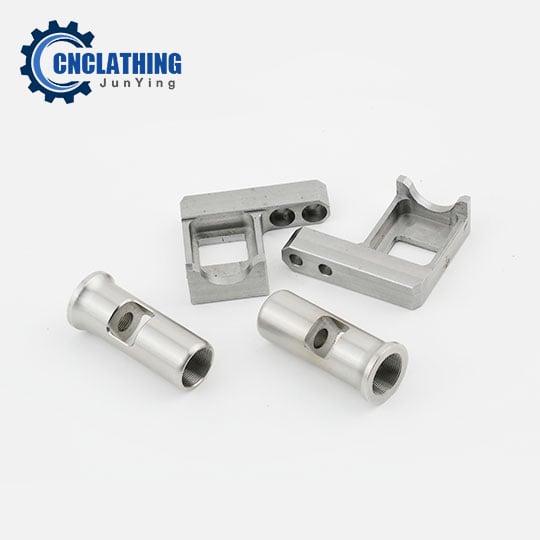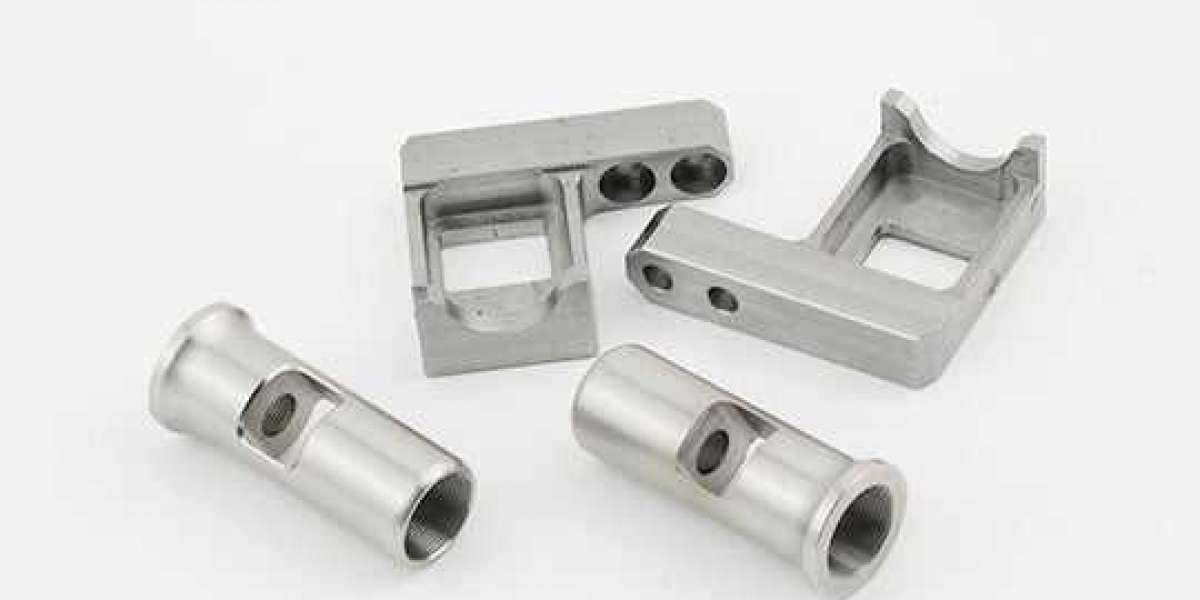Design is a matter of finding the right balance between various factors such as weight versus strength, cost versus quality, and speed versus accuracy. As development progresses, prototyping becomes an increasingly important part of the balancing process, and prototyping itself presents the designer with a variety of options, all of which should be included in a designer's "toolkit."
Alternatives for prototyping
Advancements in manufacturing technologies have resulted in a plethora of quick-turn, 3D CAD-based prototyping tools from which to choose in the field of plastic part design, including 3D printing, CNC machining, and injection molding, among others.
A new generation of industrial-grade 3D printing (3DP), also known as additive manufacturing, is expanding its utility as a complementary product development component in conjunction with traditional options such as machining and molding. In addition to stereolithography (SLA), selective laser sintering (SLS), Multi Jet Fusion, PolyJet, fused deposition modeling (FDM), and other processes, additive manufacturing is becoming increasingly popular. Each of these processes creates parts by joining layers of material together (fusing, curing, extruding) in order to create long-lasting prototypes.
CNC machining service is also frequently used in the prototyping industry for the purpose of checking the fit, form, and functionality of plastic parts. Many aerospace and medical industries take advantage of the production-grade material selection that brass CNC machining brings to the table in order to accelerate their time to gate approvals and development phases, as well as their time to market afterward.
The rapid injection molding process, in which CNC 5 axis machining services is used to mill aluminum molds rather than steel molds, is another option for prototyping. This method reduces production time and costs while maintaining high levels of part quality, making it a good option for high-volume production.

For the final option, there's traditional injection molding, which is typically used for production but could theoretically be used to create prototypes with a significant upfront investment in tooling (and thus a high risk of failure).
Each method has its own set of advantages and disadvantages:
3D printing is quick and can reproduce complex and organic shapes that would be impossible to achieve through traditional methods. Because there are no upfront tooling costs, it can be relatively inexpensive if only a small number of parts are required. However, economies of scale are limited due to the fact that costs can rise as a result of increased volume. In addition, a limited (but growing) range of materials is available for purchase.
Rapid injection molding is a process that uses metal molds to create parts that are truly functional. It is available in a wide range of resins and color options, and it can be finished with a variety of surface finishes ranging from textured to highly glossy. While similar to traditional injection molding, it is significantly faster and has a significantly lower entry barrier—think $10,000 for aluminum tooling versus $100,000 for steel tooling, for example—making it a much more affordable option.
In terms of part complexity and finish, traditional injection molding is superior, but it is generally considered too slow and expensive for prototyping, though it may be used when there is a high likelihood that the molds will be used for large-scale production immediately after being created.


